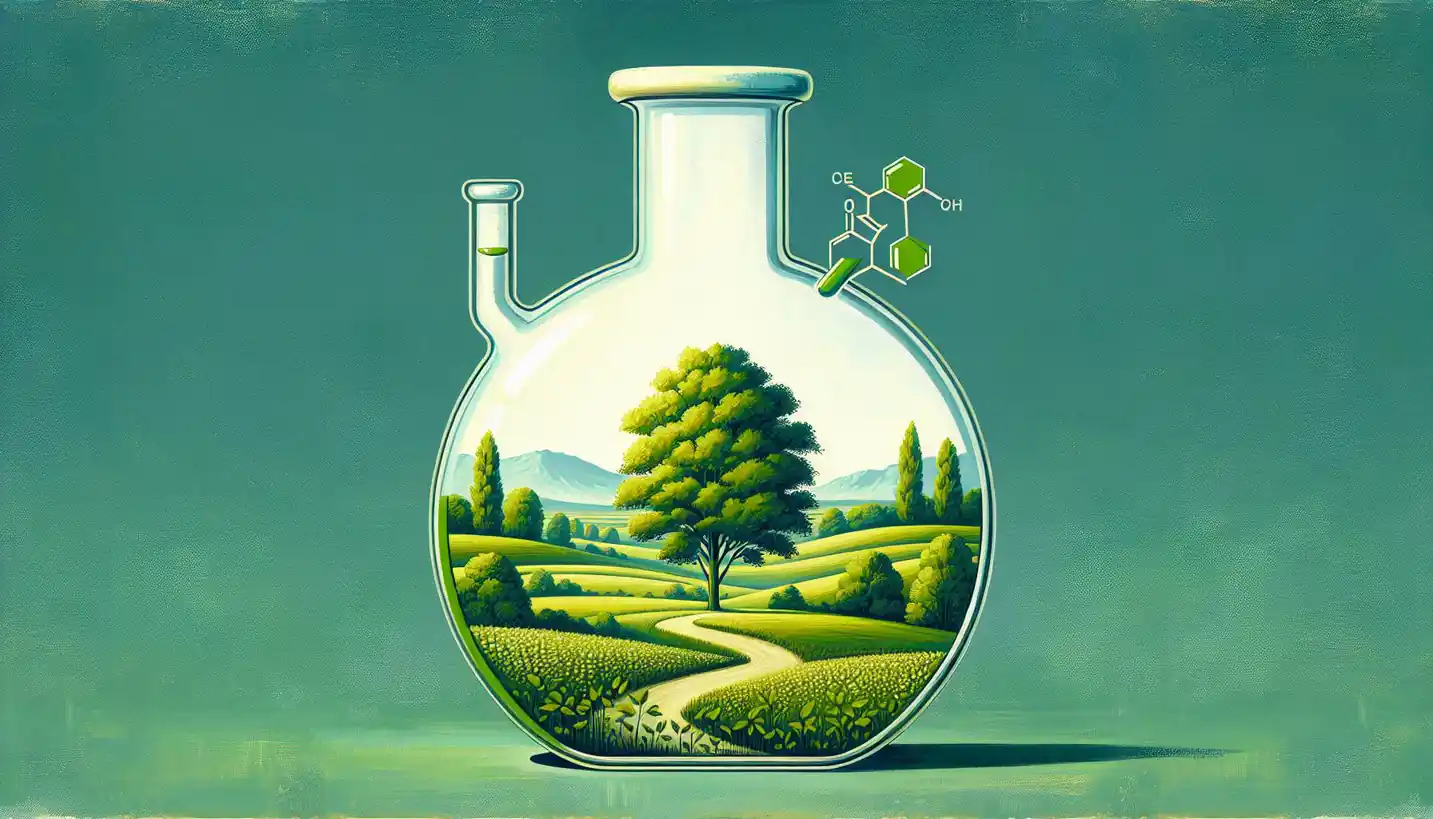· Chemistry · 5 min read
Mole Fraction: Understanding This Essential Concept in Chemistry and Chemical Engineering
Mole fraction is a fundamental idea in chemistry, crucial for understanding mixtures and reactions. Explore how this concept aids both chemists and engineers in achieving precise results.

When diving into the world of chemistry and chemical engineering, a fascinating thing you’ll encounter is the concept of the mole fraction. This nifty little idea helps scientists and engineers figure out the composition of mixtures without diving into complex calculations. Let’s unravel this topic together.
What is Mole Fraction?
Let’s start with the basics. Mole fraction is simply a way to express the concentration of a component in a mixture. Imagine you’re making a fruit salad. You have apples, bananas, and grapes. The mole fraction would tell you what part of the entire salad is made up of apples, for example. In chemistry, it’s almost the same, but instead of fruits, we’re dealing with molecules.
Mathematically, the mole fraction is the ratio of the number of moles of a particular component to the total number of moles in the entire mixture. If you’re picturing this as a slice of a pie graph, you’re spot on. It’s like figuring out how much of the pie each element or compound takes up.
The Importance of Mole Fraction
So why is mole fraction such a big deal in chemistry and chemical engineering? Well, it provides a simple, dimensionless way to describe the composition of mixtures. Whether you’re dealing with gas mixtures, solutions, or alloys, mole fraction applies universally.
In industries, understanding mole fraction is crucial for designing processes like distillation, which is the method of separating mixtures based on differences in volatility. By knowing the mole fraction, engineers can optimize these processes, saving time and energy.
A Real-Life Example: Air Composition
Let’s take a down-to-earth example: the air we breathe. Air is a mixture of gases, primarily nitrogen and oxygen, with a bit of argon and carbon dioxide thrown in. If you wanted to calculate the mole fraction of oxygen in the air, you’d divide the moles of oxygen by the total moles of all gases present.
Say, in a room, you measure there are 0.21 moles of oxygen for every mole of air. The mole fraction of oxygen would then be 0.21. This simple figure helps astronauts, for example, to adjust the air composition in spacecraft to safe levels.
How to Calculate Mole Fraction
Calculating mole fraction is straightforward, a bit like following a simple recipe:
Count the Moles: First, determine the number of moles of each component in your mixture. Remember, a mole is just a big bunch of molecules (like a dozen, but much larger, about (6.022 \times 10^{23})).
Find the Total: Add up the moles of all components.
Do the Math: Divide the number of moles of your component of interest by the total moles you just calculated. Voilà! You’ve got the mole fraction.
For example, if you have a solution containing 3 moles of salt and 7 moles of water, the mole fraction of salt would be ( \frac{3}{3+7} = 0.3 ).
The Perfect Balance: Ideal and Real Mixtures
In an ideal world, mixtures behave perfectly according to theory. In these ideal mixtures, the interactions between different molecules are identical to the interactions between molecules of the same kind. Here, using mole fractions is straightforward.
But the real world isn’t always so tidy. In real mixtures, variations often occur due to different interactions between the molecules. Chemical engineers often have to account for these deviations to design efficient processes.
Applications in Chemical Engineering
In chemical engineering, mole fraction becomes a tool for many tasks. Consider the field of gas absorption, where gases are absorbed in liquids — this is crucial for pollution control systems. Knowing the mole fraction of each component helps engineers predict how each gas will behave during the absorption process.
Moreover, in chemical reactions, understanding the mole fraction can influence how much of each reactant is needed to achieve a desired output, optimizing both efficiency and cost-effectiveness.
Mole Fraction vs. Other Concentration Measures
You might wonder how mole fraction compares to other concentration measures like molarity or mass percent. While molarity deals with moles per liter of solution, and mass percent deals with the weight of a component, mole fraction gives a purely mole-based, dimensionless perspective.
This can be an advantage when working with gases, as gases expand and contract depending on pressure and temperature, but mole fraction remains constant regardless of these conditions. It offers a clearer picture of the actual proportions in a mixture, without the need to correct for volume changes.
Future Trends and Research Questions
The world of chemistry and chemical engineering is always evolving. As we develop new materials and discover novel reactions, mole fraction remains a fundamental concept. Researchers are continually exploring how mole fractions can be applied in nanotechnology and advanced materials, where precise control of components is crucial.
One exciting area of interest is in the development of alternative fuels. Understanding the mole fractions of different components helps in optimizing fuel blends, making them more efficient and environmentally friendly.
Bringing Mole Fraction into Your World
Even if you’re not a professional chemist or engineer, understanding mole fraction can add a layer of insight into everyday phenomena. Whether it’s considering air quality, cooking at molecular gastronomy levels, or just being curious about how components mix together, this concept offers a lens to view the world in a scientific light.
In summary, mole fraction isn’t just a term you’ll find in textbooks. It’s a slice of understanding that becomes a crucial part of exploring, designing, and innovating in both scientific and everyday contexts. Whether you’re tweaking a reaction, designing a process, or just mixing up something new in your kitchen, the mole fraction is a handy companion in the journey through the fascinating world of mixtures.


